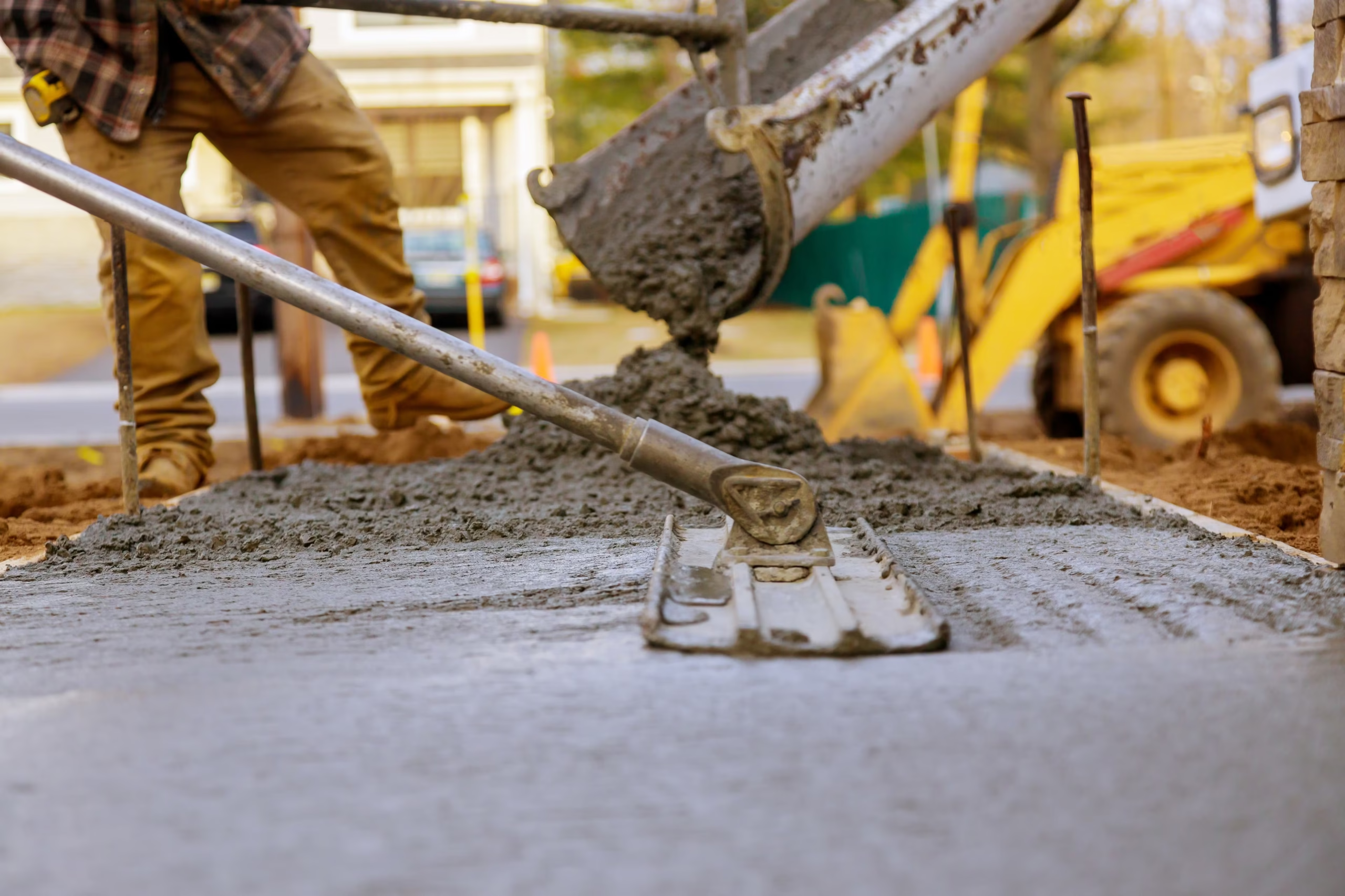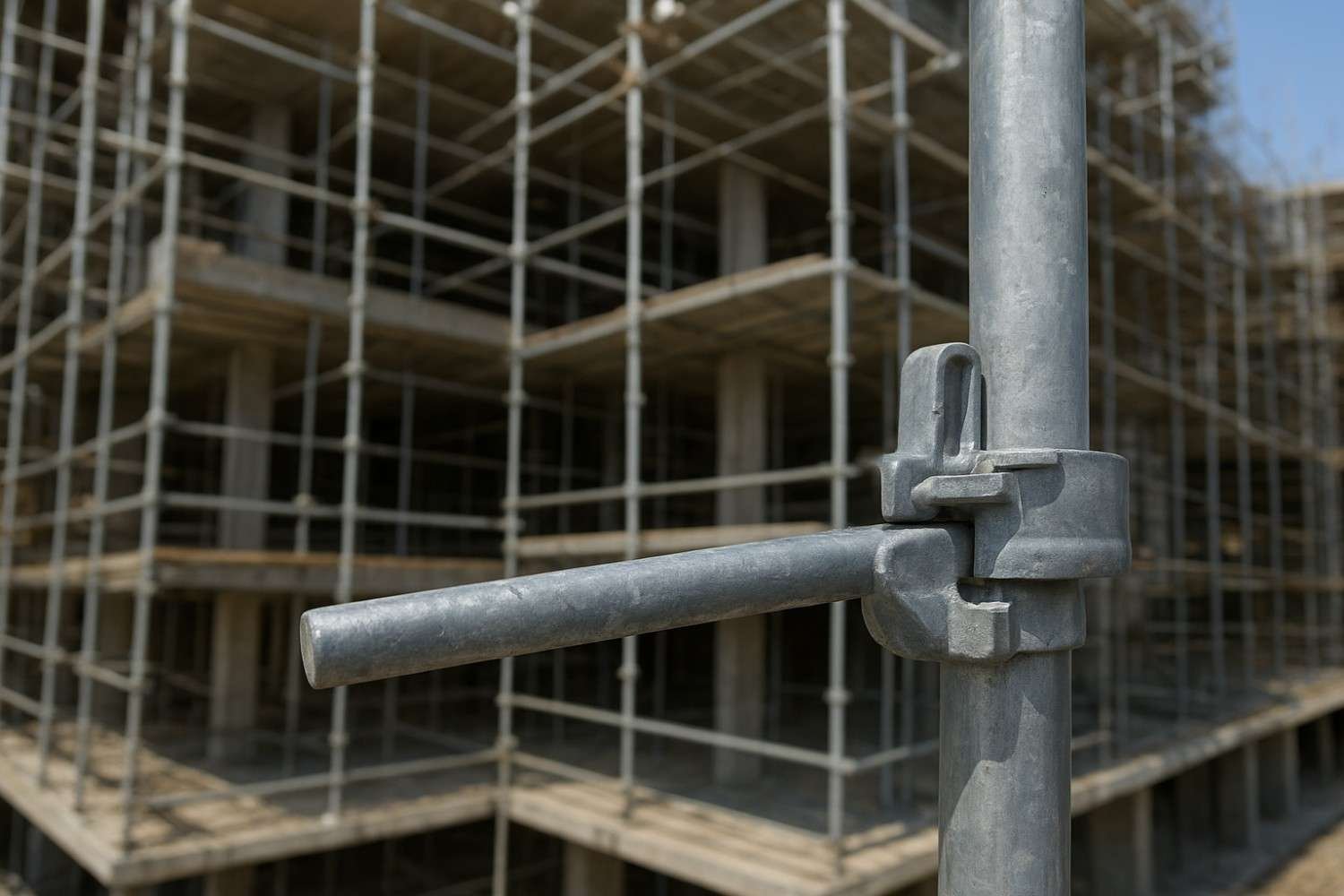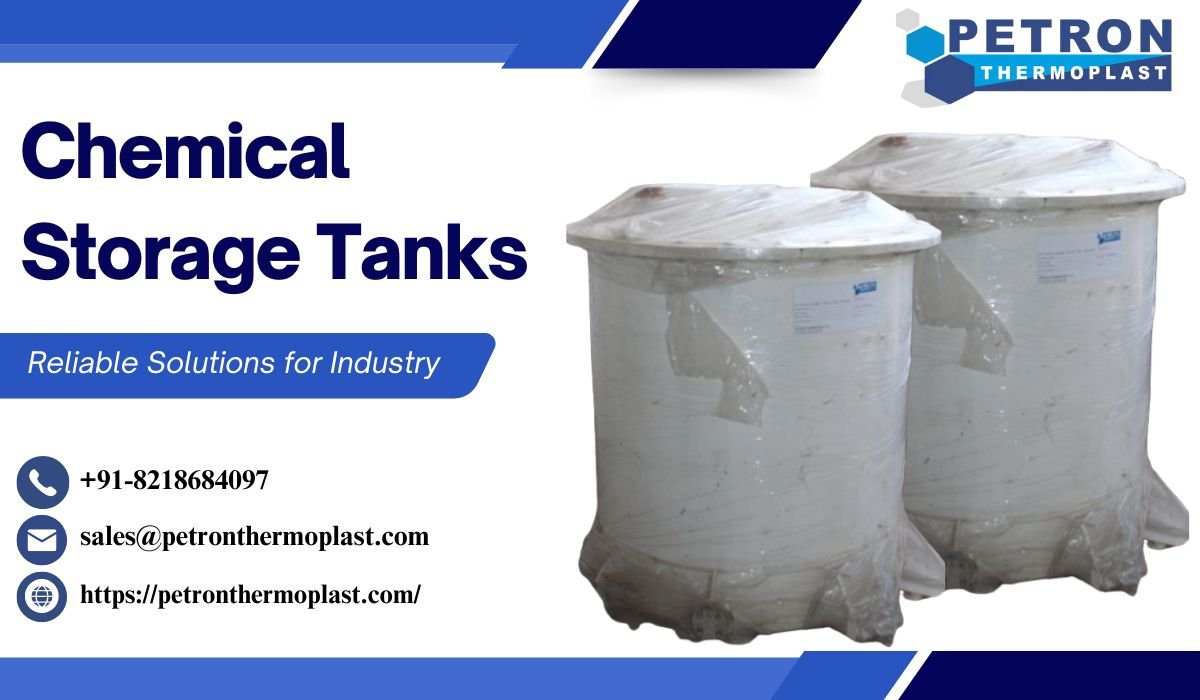Building or renovating a home in Richmond, BC, involves many important decisions, especially when it comes to choosing the right construction materials. One option that’s gaining popularity among both contractors and homeowners is flowable fill concrete. But what exactly is it, and is it suitable for residential projects?
What is Flowable Fill Concrete?
Flowable fill—also called controlled low-strength material (CLSM)—is a cement-based mix that spreads and levels on its own. It flows easily, fills all voids, and hardens over time to provide a stable base. Unlike traditional concrete, it’s not used for structural elements like slabs or beams. Instead, it’s used as a backfill or fill material for areas that need support, like trenches, utility lines, or under driveways.
It’s often self-consolidating, meaning it doesn’t need vibration or tamping to settle in place. This makes it quicker and easier to use, especially in tight or hard-to-reach spots.
Where Can Flowable Fill Be Used in Residential Projects?
Flowable fill concrete is highly versatile. In Richmond’s fast-developing neighbourhoods, where residential upgrades are frequent, it can be used for:
- Backfilling trenches after plumbing or electrical work
- Filling voids under concrete driveways or walkways
- Repairing old foundations or underground cavities
- Flattening the area before setting a concrete slab or patio
- Abandoning septic tanks or underground pipes safely
It’s particularly helpful where soil settlement has been a problem or where a strong base is required before laying a new surface.
Why Richmond Homeowners Should Consider Buying Flowable Fill Concrete?
Richmond is known for its mix of older homes and newer developments. In both cases, flowable fill can make construction tasks faster, safer, and more cost-effective.
Here’s why:
1. Saves Time with Rapid Setting Concrete
Many flowable fill mixes can be designed as rapid setting concrete, which means they reach strength fast, often within a few hours. This is ideal for residential areas where you don’t want long construction delays or blocked driveways for days.
2. Reduces Labour Costs
Traditional backfill materials like gravel or soil require compaction, which means more manpower and equipment. With flowable fill, it’s just pour-and-go. It spreads on its own and eliminates the need for compacting, which reduces labour costs.
3. Improves Long-Term Stability
Richmond’s moist climate and soft soil conditions can lead to ground settlement over time. Flowable fill creates a dense, void-free base that reduces the risk of future sinking or cracking of driveways and sidewalks.
Is Flowable Fill Concrete Environmentally Friendly?
Yes! Flowable Fill Concrete often uses recycled materials such as fly ash, which is a byproduct from coal plants. This makes it an eco-friendly option while also cutting down the need for natural resources.
For homeowners in Richmond looking to reduce their carbon footprint while still getting high-performance results, flowable fill is a responsible choice.
How to Estimate Quantity?
If you’re wondering how much flowable fill you might need for your project, you can use a concrete calculator. Just enter the length, width, and depth of the area, and the calculator will give you an accurate estimate. Many suppliers in Richmond offer online concrete calculators, making it easy to plan your project budget and material requirements in advance.
Flowable Fill vs. Traditional Concrete
Even though both flowable fill and traditional concrete are made with similar base materials, they are designed for completely different uses. Flowable fill is primarily used as a backfill or to fill voids in areas like utility trenches, abandoned pipes, or under pavements. It’s not meant for load-bearing structures but is great for non-structural support because it flows easily and doesn’t need compaction.
On the other hand, traditional concrete is used where strength and durability are critical, like in driveways, building foundations, walls, and floors. Unlike flowable fill, it requires proper placement, finishing, and often vibration to remove air pockets and ensure strength. It sets more slowly but offers significantly higher compressive strength, making it ideal for structural applications.
In simple terms, use flowable fill when you need quick, easy filling and levelling, and use traditional concrete when strength and structure are the priority.
3 Things to Keep in Mind about Flowable Fill Concrete:
- Not load-bearing: Don’t use flowable fill where structural concrete is needed.
- Curing time varies: While some mixes are rapid-setting, others may take longer.
- Accessibility is key: Because it flows easily, make sure the area is properly contained to avoid overflow.
Final Thoughts
Is flowable fill concrete a good choice for residential construction in Richmond, BC? When used in the right way.
It’s perfect for backfilling, stabilizing ground, and filling voids quickly and efficiently. With Richmond’s changing soil conditions and growing number of home renovations, this smart material offers convenience, durability, and value, especially when paired with tools like a concrete calculator and advanced mixes like self consolidating or rapid-setting concrete.
If you’re planning any excavation, repairs, or additions around your home, talk to your contractor about whether flowable fill is right for your project. For a quick quote or concrete volume estimate, use a trusted concrete calculator online before buying, because better planning leads to better results.












Leave a Reply